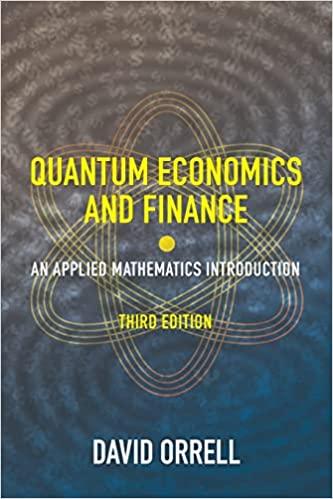Question
1.You deposit $1,113 in an account that pays 15% with compounding semiannually. How much do you have in the account 6 years from now? Round
1.You deposit $1,113 in an account that pays 15% with compounding semiannually. How much do you have in the account 6 years from now? Round answer to the nearest dollar.
2.You are planning for Junior's education. You need $160,000 in 10 years and you plan to meet this need by depositing a fixed amount in your savings account at the end of each year for the next 10 years. How much must you deposit? Assume 6% annual interest. Answer to the nearest dollar.
3.Last year, Bay Company had 16 million in retained earnings. This year, they generated 25 million in net income. They decide to pay out 40% as a dividend. Find the retained earnings for this year (in M). Answer to the nearest million (For example, enter 2 for 2 million).
4.A C corporation has after-tax earnings per share (EPS) of $8.00 and the firm pays out 40% of EPS as a dividend. The corporate tax rate is 25%, the personal tax rate on dividends is 15%, and the personal tax rate on non-dividend income is 35%. How much would an individual receive from the dividend after-taxes? Answer to the nearest penny.
Step by Step Solution
There are 3 Steps involved in it
Step: 1

Get Instant Access to Expert-Tailored Solutions
See step-by-step solutions with expert insights and AI powered tools for academic success
Step: 2

Step: 3

Ace Your Homework with AI
Get the answers you need in no time with our AI-driven, step-by-step assistance
Get Started


